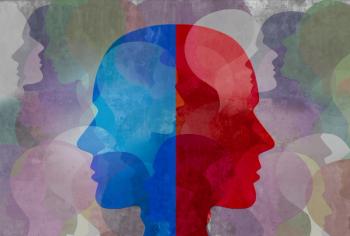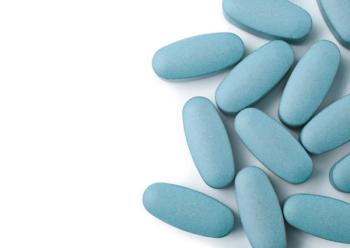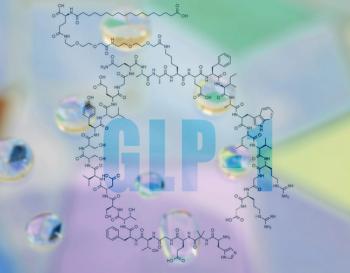
|Slideshows|November 11, 2021
Three Myths About Bipolar Disorder
Author(s)Chris Aiken, MD
Don't fall into the trap of these 3 myths about mania in bipolar disorder...
Advertisement
Newsletter
Receive trusted psychiatric news, expert analysis, and clinical insights — subscribe today to support your practice and your patients.
Advertisement
Latest CME
Advertisement
Advertisement
Trending on Psychiatric Times
1
FDA Grants Breakthrough Therapy Designation to Alixorexton for the Treatment of Narcolepsy Type 1
2
FDA Accepts Investigational New Drug Application for COMP360 for PTSD
3
New Phase 3 Clinical Vocal Biomarker Data on Brilaroxazine to Treat Negative Symptoms in Schizophrenia
4
The Bind of the Binary: Psychiatry’s Critics and the Law of the Excluded Middle
5

















